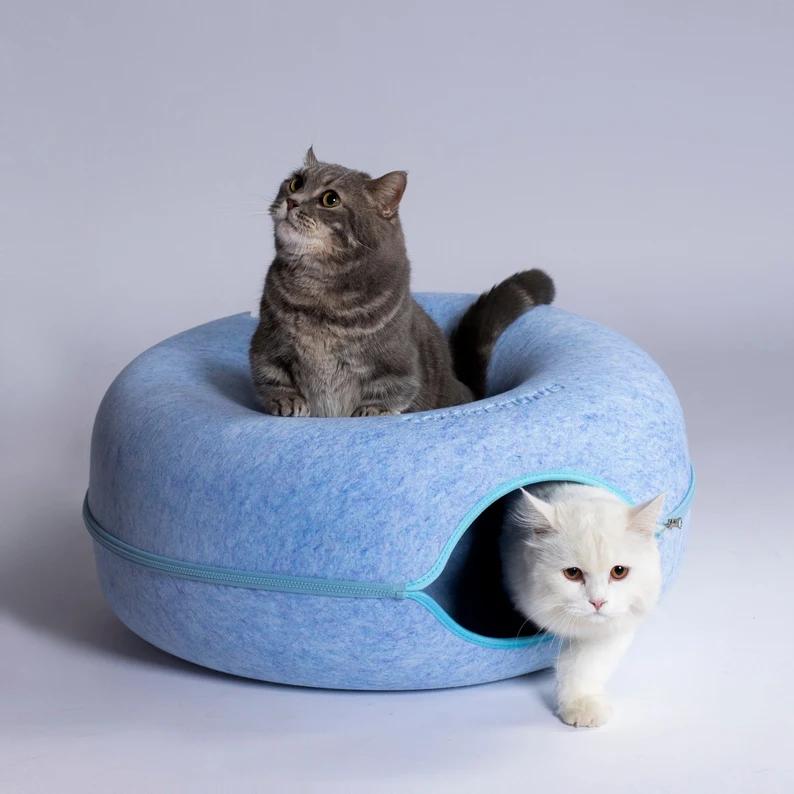Free shipping on U.S. orders of $50+
Why Cats Need to Scratch: Understanding the Physical, Emotional, and Behavioral Benefits of This Essential Feline Habit
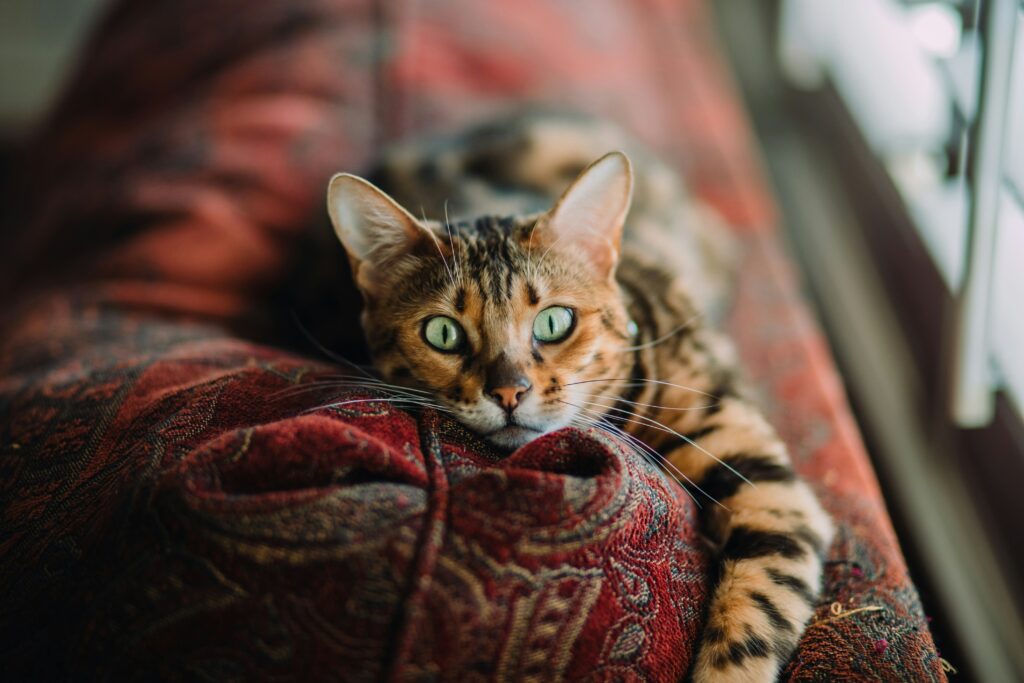
If you’ve ever watched your cat stretch luxuriously before sinking their claws into your favorite piece of furniture, you might wonder: why do they do this? Scratching is more than just a quirky habit; it’s an essential behavior for cats. By understanding the reasons behind it, you can better support your feline friend and reduce the need for them to scratch your couch.
Scratching is natural, healthy, and provides both physical and emotional benefits for your cat. Plus, with the right tools, you can redirect this instinct to safe and satisfying spaces.
1. Scratching is Instinctual
Scratching is hardwired into a cat’s DNA. Even wild cats exhibit this behavior to stretch, mark territory, and maintain their claws. For domestic cats, it’s no different.
When your cat scratches, they’re not just making a mess of your furniture—they’re following their instincts. This behavior stretches their muscles and strengthens their claws, helping them stay active and agile.
To support this natural urge, providing designated scratching options is key. A versatile product like the not only caters to scratching needs but also gives your cat a fun and interactive space to explore.
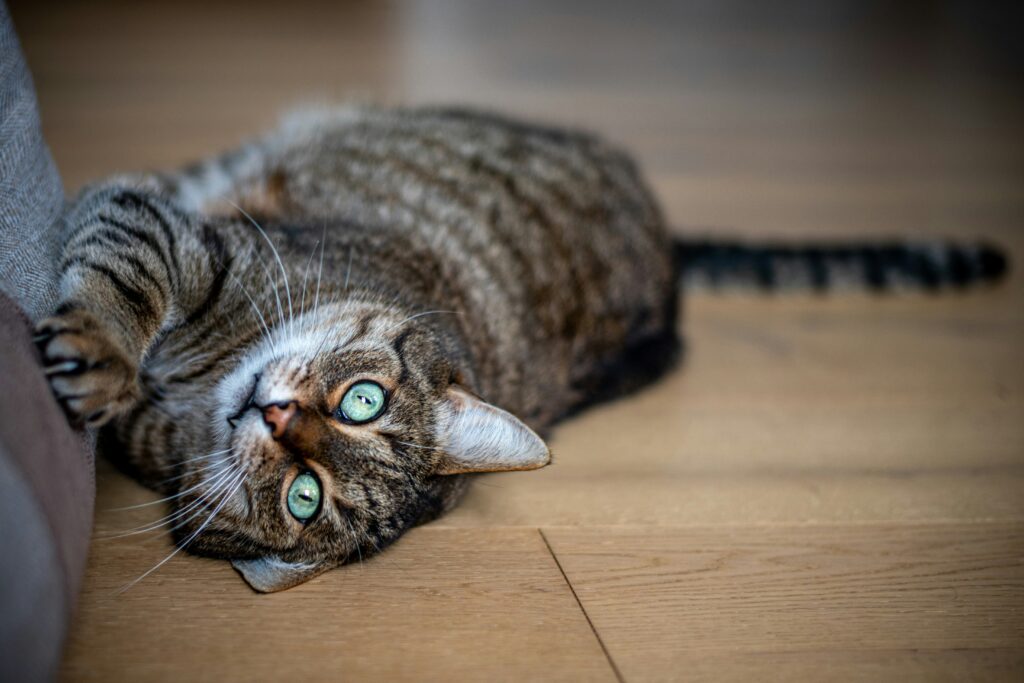
2. Physical Benefits of Scratching
Scratching isn’t just about claws; it’s about the whole body.
• Claw Maintenance: Scratching is key to maintaining healthy claws. As cats scratch, they shed the outer, old layers of their claws, which helps prevent them from becoming too long or brittle. This process keeps their claws sharp, strong, and ready for climbing or hunting. Without regular scratching, cats may struggle with overgrown or dull claws, which can lead to discomfort or even injury.
• Exercise: Scratching is also a full-body workout! When your cat scratches, they engage their entire body, particularly their legs, shoulders, and back. The act of stretching their front legs and arching their backs while scratching builds muscle strength and promotes flexibility. It’s like a mini yoga session that keeps your cat agile and toned—vital for an active lifestyle.
• Joint Health: For older cats, scratching is crucial for maintaining joint health and flexibility. The stretching involved in scratching helps keep joints limber, which is especially important as cats age. This simple action can assist in preventing stiffness or arthritis, allowing senior cats to stay more mobile and comfortable. Regular scratching helps ensure they can continue to move freely without discomfort.
If you’re looking for a scratching solution that supports your cat’s health, the Peekaboo Cat Cave is a great option. It’s made from durable, wear-resistant felt, providing a safe and satisfying surface for your cat’s claws.
Cozy, durable, and perfect for scratching—your cat’s new favorite hangout spot!
3. Emotional and Behavioral Benefits
Scratching is also an emotional outlet for cats.
• Stress Relief: Cats often scratch when they’re feeling stressed, anxious, or even overly excited. This behavior helps them release pent-up tension and calm themselves down. Scratching provides a way to relieve stress in a controlled manner, whether it’s from a change in the environment, a new pet in the house, or even boredom. It’s a cat’s natural coping mechanism to help deal with unsettling situations, allowing them to regain a sense of comfort and security.
• Emotional Expression: Scratching is one of the main ways cats express their emotions. A cat might scratch to show they’re happy and content, especially when they feel relaxed in their environment. It’s their way of marking their territory and making it feel more “theirs,” which brings a sense of security and satisfaction. On the flip side, if your cat is feeling frustrated or anxious, scratching can be a sign that they need attention or something to do. By observing their scratching habits, you can learn more about how they’re feeling and what they might need.
• Engagement: Engaging with interactive scratching items, like a cat cave or scratch post, keeps your cat mentally stimulated and entertained. When cats don’t have enough stimulation or an appropriate outlet for their energy, they might start scratching furniture or other objects out of boredom. Providing them with a variety of scratching posts, toys, or structures encourages healthy engagement and mental exercise, which not only keeps them physically active but also prevents them from turning to destructive behaviors. A well-scratched cat is a content, happy cat!
The Peekaboo Cat Cave offers a playful combination of a donut bed and a tunnel, encouraging exploration and interaction. The peephole design is perfect for hide-and-seek games, giving your cat both a place to scratch and a source of mental stimulation.
4. Marking Territory
Cats are territorial creatures, and scratching is one of the ways they mark their space.
• Visual Markers: When cats scratch, they often leave behind visible marks that serve as a clear indicator of ownership. These scratches act as “flags” or territorial markers, signaling to other animals that the area is already claimed. This is particularly important for outdoor cats, who use these marks to establish boundaries and avoid conflicts with other cats. Even indoor cats will scratch around your home to mark their personal spaces, ensuring they feel secure in their environment. These visual cues help cats feel in control of their territory, reducing stress and potential confrontations with others.
• Scent Marking: In addition to the visible marks, scratching also involves scent marking. Cats have scent glands located in the pads of their paws, and when they scratch, they release pheromones that are undetectable to humans but very noticeable to other cats. This scent trail is a unique identifier, allowing other cats to recognize who has been in the area and whether it is safe to approach. Scent marking through scratching helps maintain a cat’s sense of territorial control, providing reassurance and reducing the likelihood of territorial disputes with other cats in the household. It’s also why you might notice your cat scratching the same spot repeatedly—they’re reinforcing their claim over that space.
By providing designated areas for scratching, you give your cat a safe way to communicate and protect your furniture.
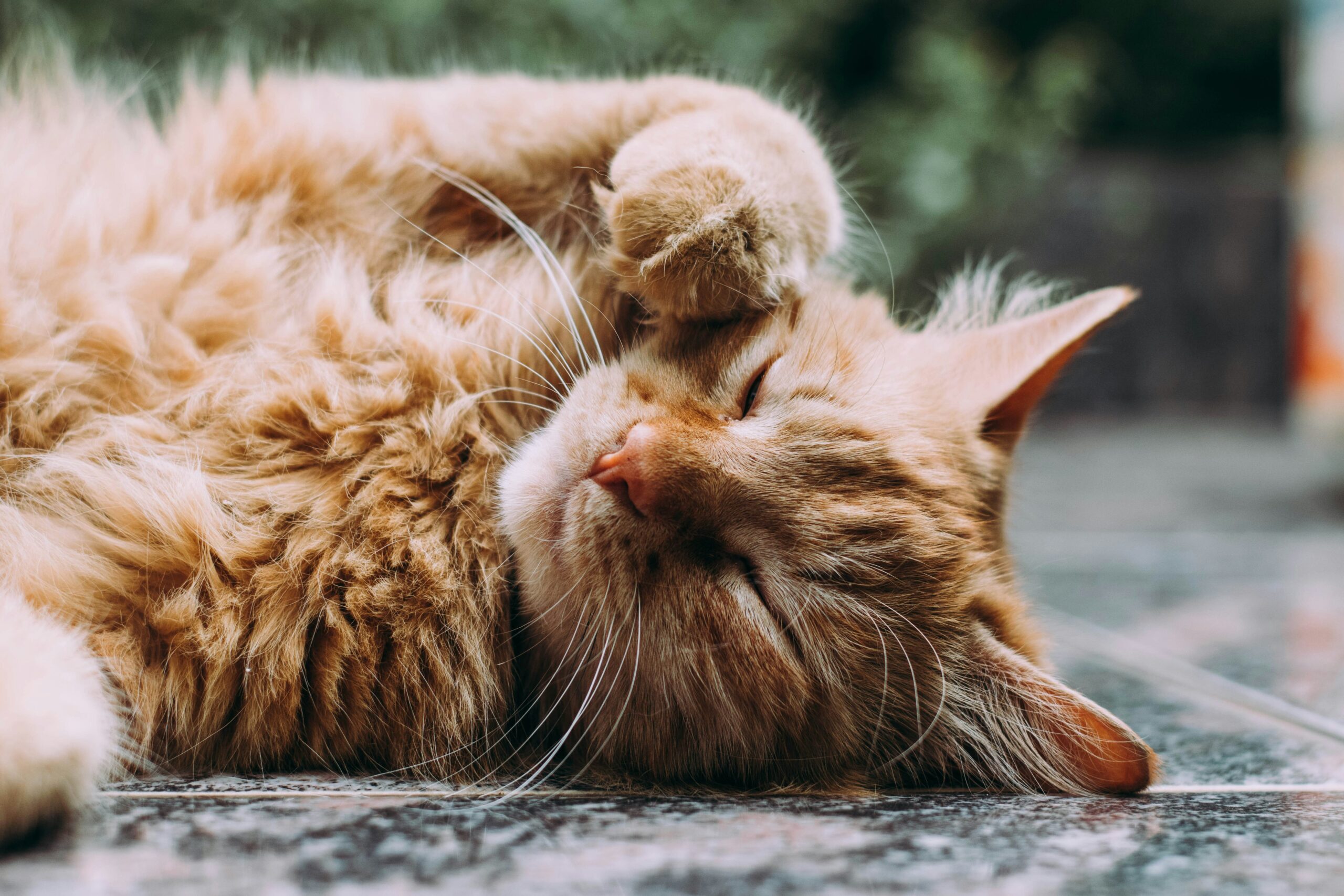
5. Managing Problematic Scratching
If your cat prefers the couch over their scratching post, don’t worry—there are solutions!
• Offer Alternatives: Invest in high-quality scratching posts or furniture like the Peekaboo Cat Cave.
• Use Attractants: Sprinkle catnip on scratching surfaces to make them more appealing.
• Placement Matters: Place scratching posts in areas where your cat spends the most time.
• Train with Patience: Reward your cat when they use the correct surface, and use gentle deterrents for furniture scratching.
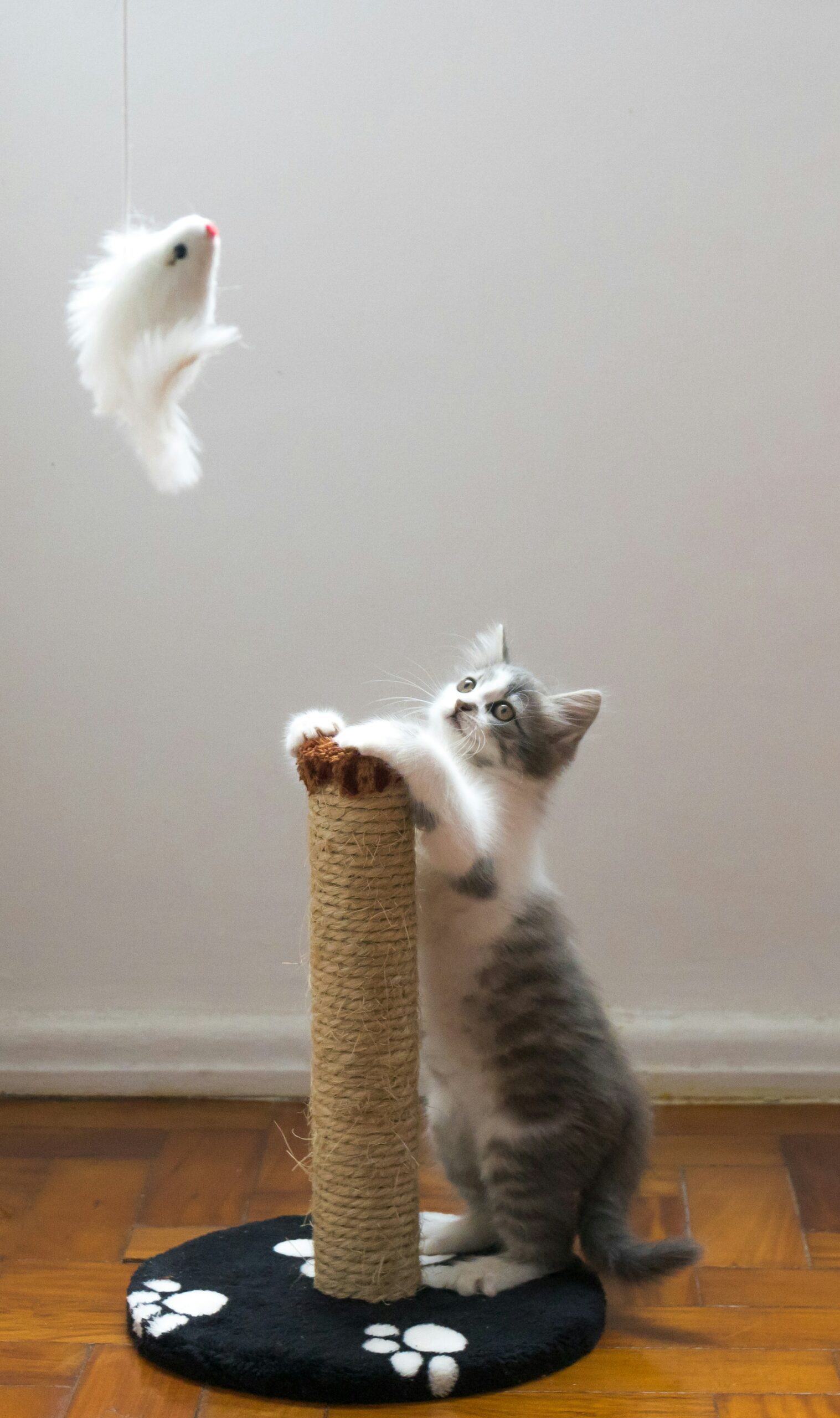
6. Why the Peekaboo Cat Cave is a Must-Have
The CATTASAURUS Peekaboo Cat Cave is both a scratching solution and a space your cat will love.
• Sturdy and Cat-Friendly: Made with eco-conscious, non-toxic materials that resist wear and tear.
• Versatile Design: Perfect for larger cats (up to 30 lbs) and multi-pet households.
• Interactive Features: The peephole window encourages playful interactions, strengthening the bond between you and your cat.
• Easy to Clean: The detachable and washable tunnel ensures effortless maintenance.
• Stylish Addition: Available in colors like light gray and blue, it blends seamlessly with your home décor.
This dual-function design combines a donut bed up top and a tunnel bed below, making it a versatile option for play and rest. Whether your cat is lounging or scratching, the Peekaboo Cat Cave caters to all their needs.
Conclusion
Scratching is an essential part of your cat’s life. It keeps them healthy, relieves stress, and lets them express themselves. Instead of trying to stop the behavior, embrace it by offering safe, cat-friendly options.
Products like the CATTASAURUS Peekaboo Cat Cave are perfect for meeting your cat’s instinctual needs while protecting your furniture and enhancing your home.
By understanding and supporting your cat’s natural behaviors, you’ll build a stronger, happier bond with your feline friend

